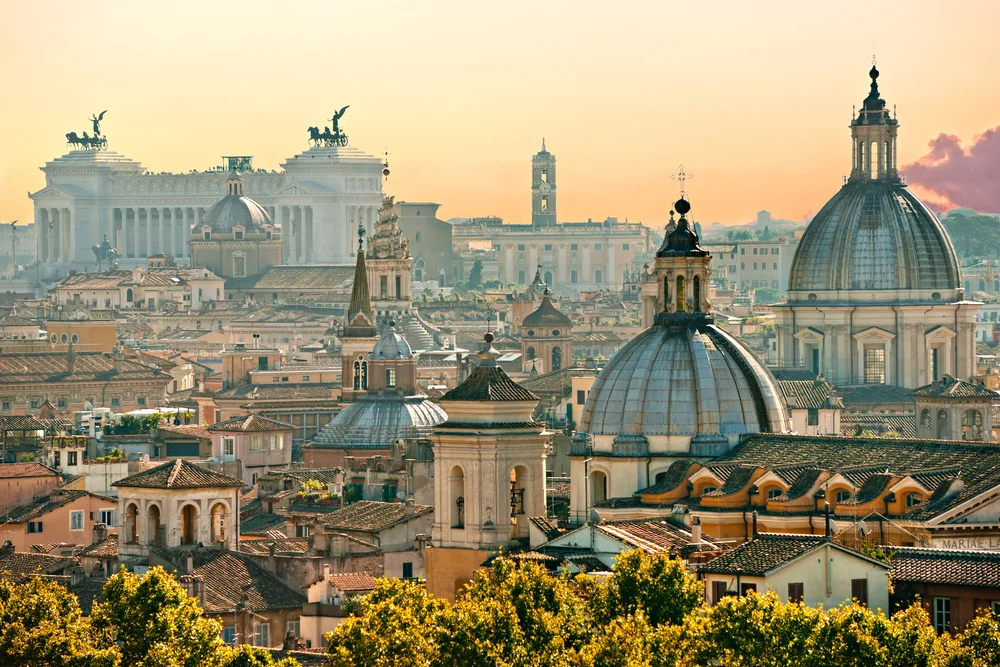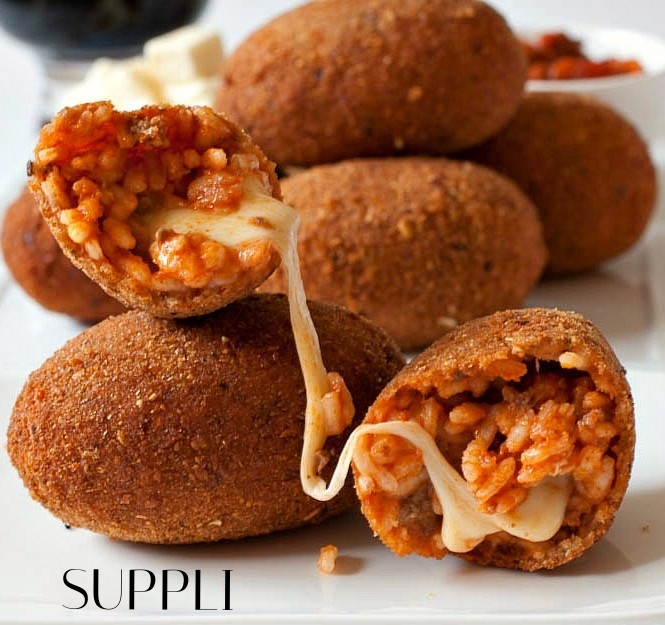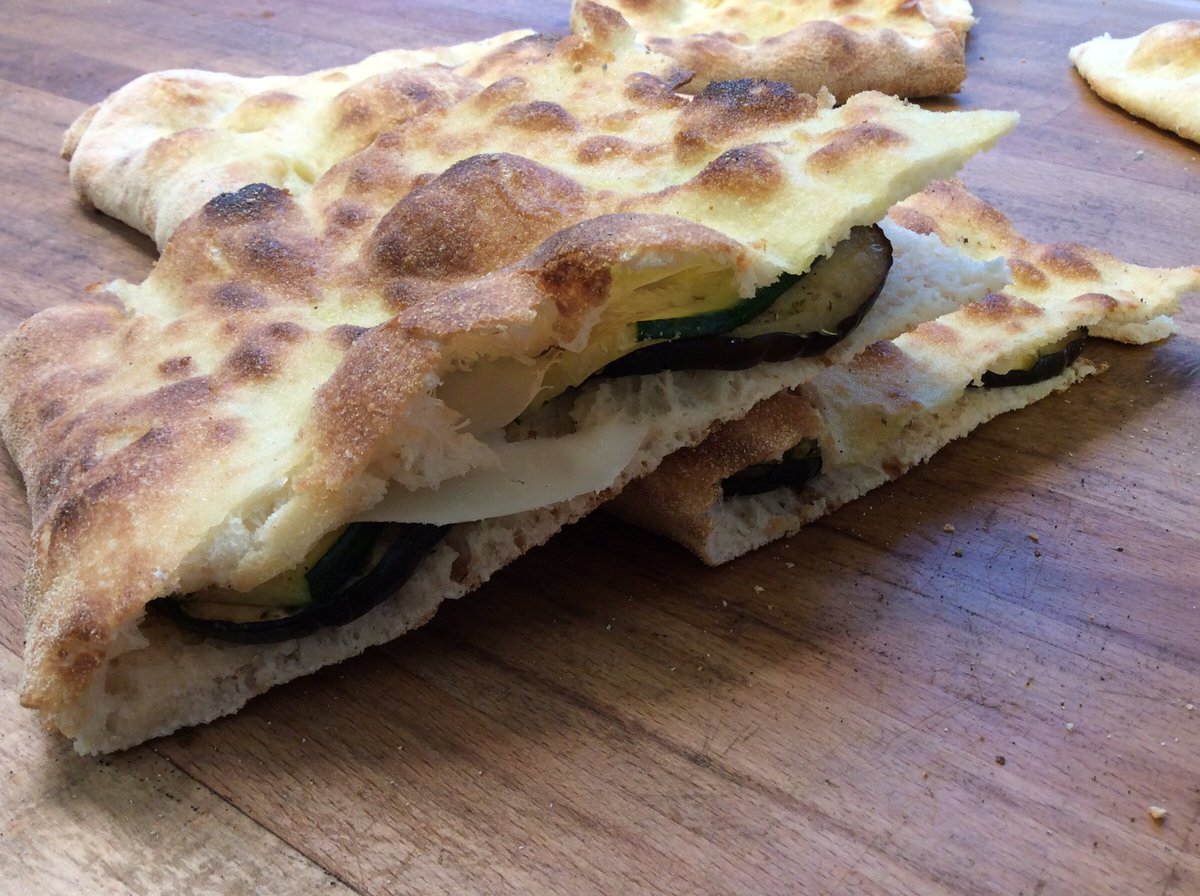Italian families stick together through thick and thin. It's not uncommon for extended families to live together even after the children are married with families of their own. With family such acting as such an integral part of every day life, no wonder there are so many Italian quotes about family.
From proverbs to folk sayings, here are some of the best Italian quotes about family:
Amor di madre, amore senza limiti. - Italian saying.
Translation: A mother's love has no limits.
L'affetto verso i genitori e fondamento di ogni virtu. - Italian saying.
Translation: Loving one's parents is fundamentally the greatest virtue.
Una buona mamma vale cento maestre. - Italian saying
Translation: A good mother is worth a hundred teachers.
Chi si prede cura dei bambini deve accettare il bene ed il male. - Italian saying
Translation: Those whose job it is to take care of children have to accept the good with the bad.
Un bimbo che non gioca, felicita ne ha poca. -Italian saying.
Translation: A child that doesn't play, has little happiness.
Le piante vogliono essera annaffiate, ma non affogate. - Italian saying
Translation: (Literally) Plants want to be taken care of, not suffocated, but it can be translated into something along the lines of "Over-protection does more harm than good"
Gatti e bambini -- piu belli da piccini. -Italian saying.
Translation: Cats and children -- the younger they are the lovelier they are.
Chi si volta, e chi si gira, sempre a casa va finire.- Italian saying.
Translation: No matter where you go or turn, you will always end up at home.
Il sangue non e acqua. - Italian saying
Translation: (Literally) Blood is not water, so "Blood is thicker than water."
A padre avaro, figliolo prodigo. - Italian saying
Translation: (Literally) A miserly father, a prodigal son. (Equivalent) While the father saves his money, his son spends it.
- See more at: http://www.italymagazine.com/news/italian-quotes-about-family#sthash.9dilCKzW.dpuf











